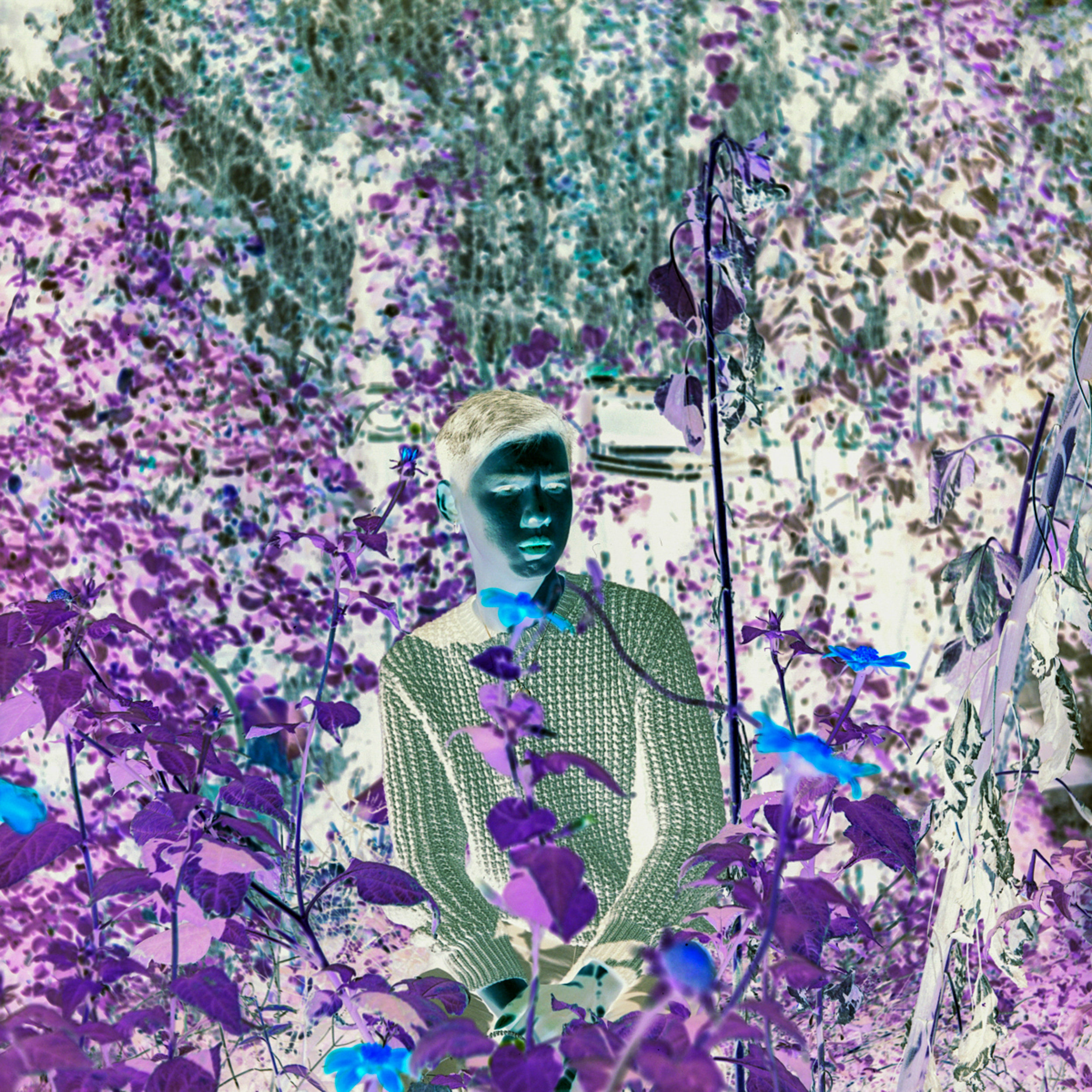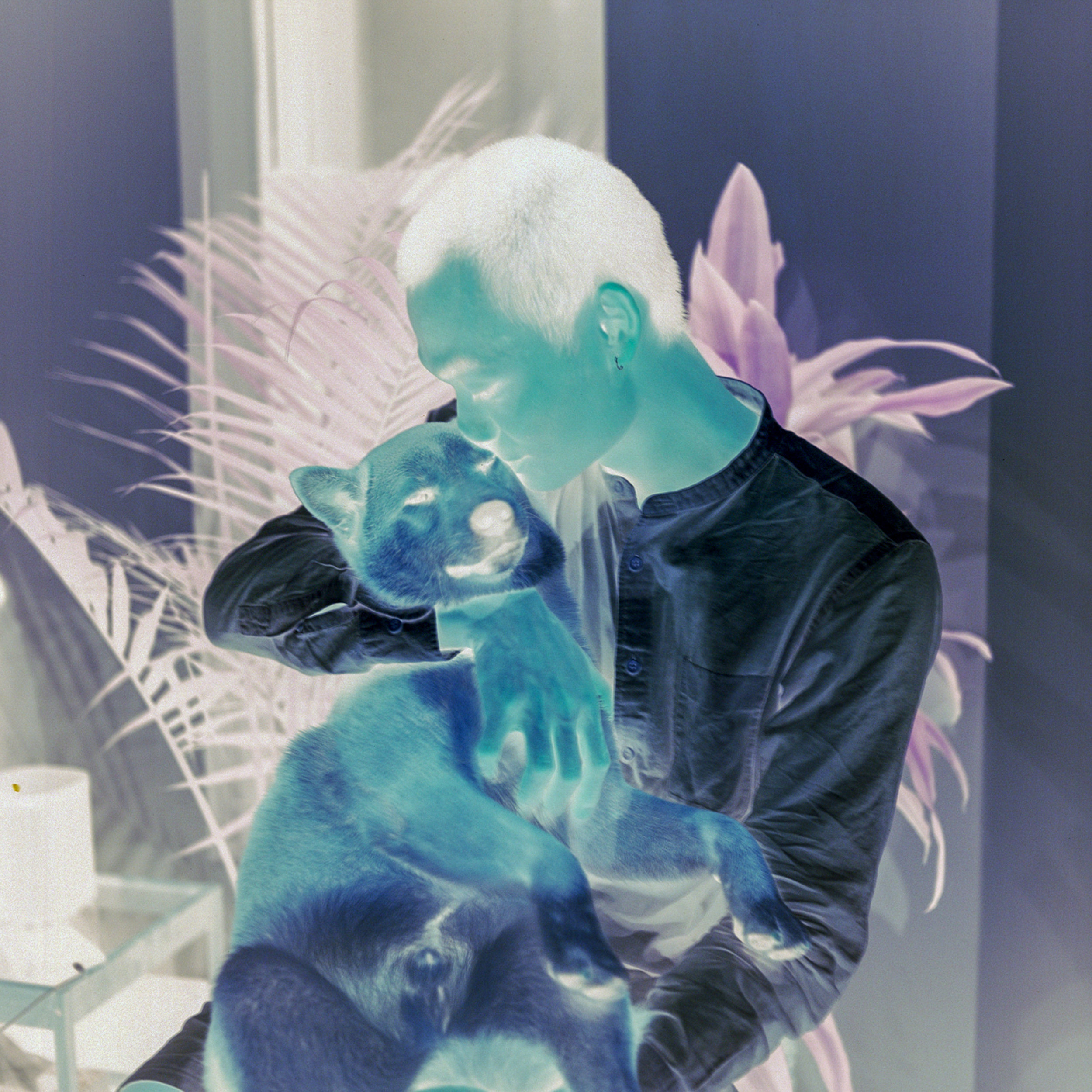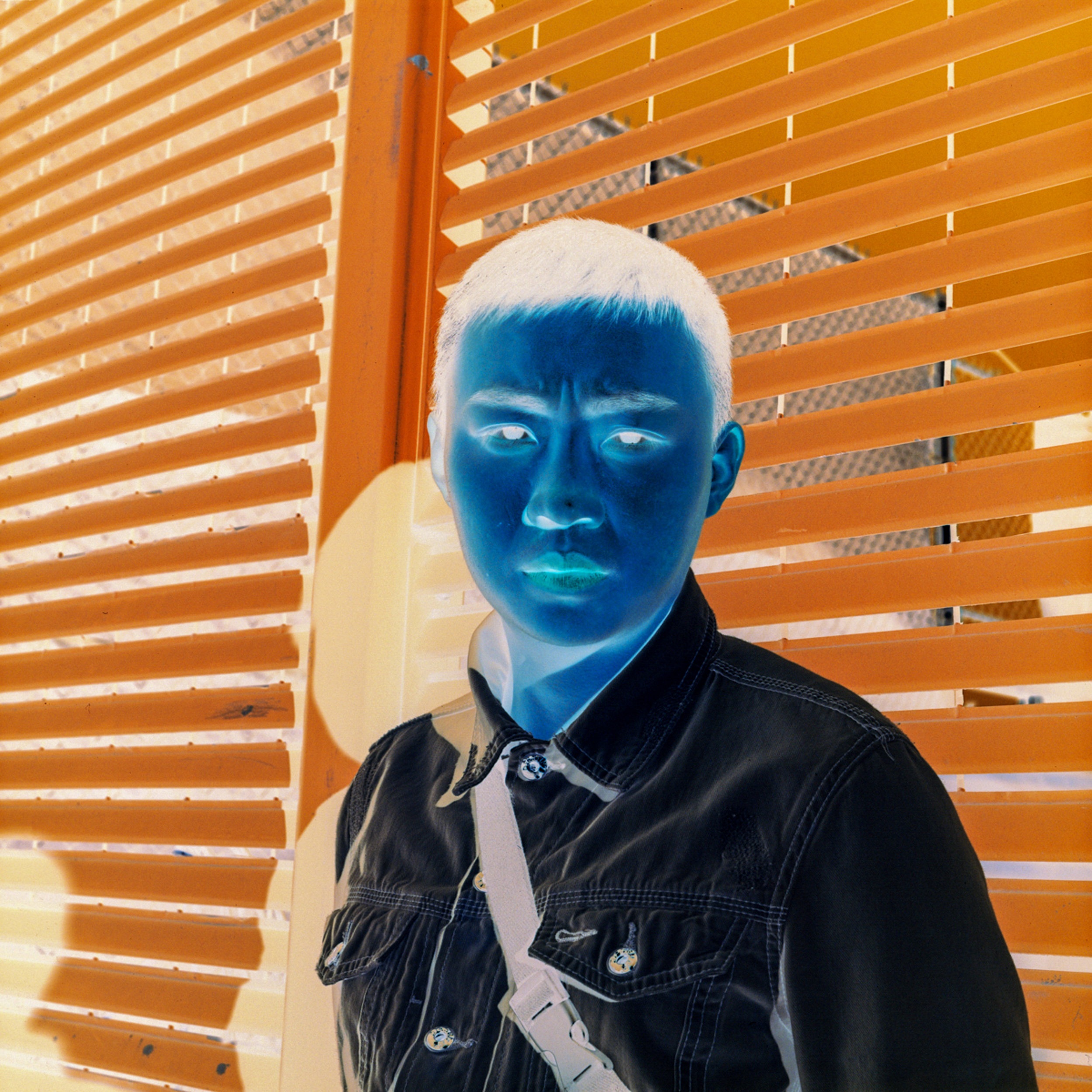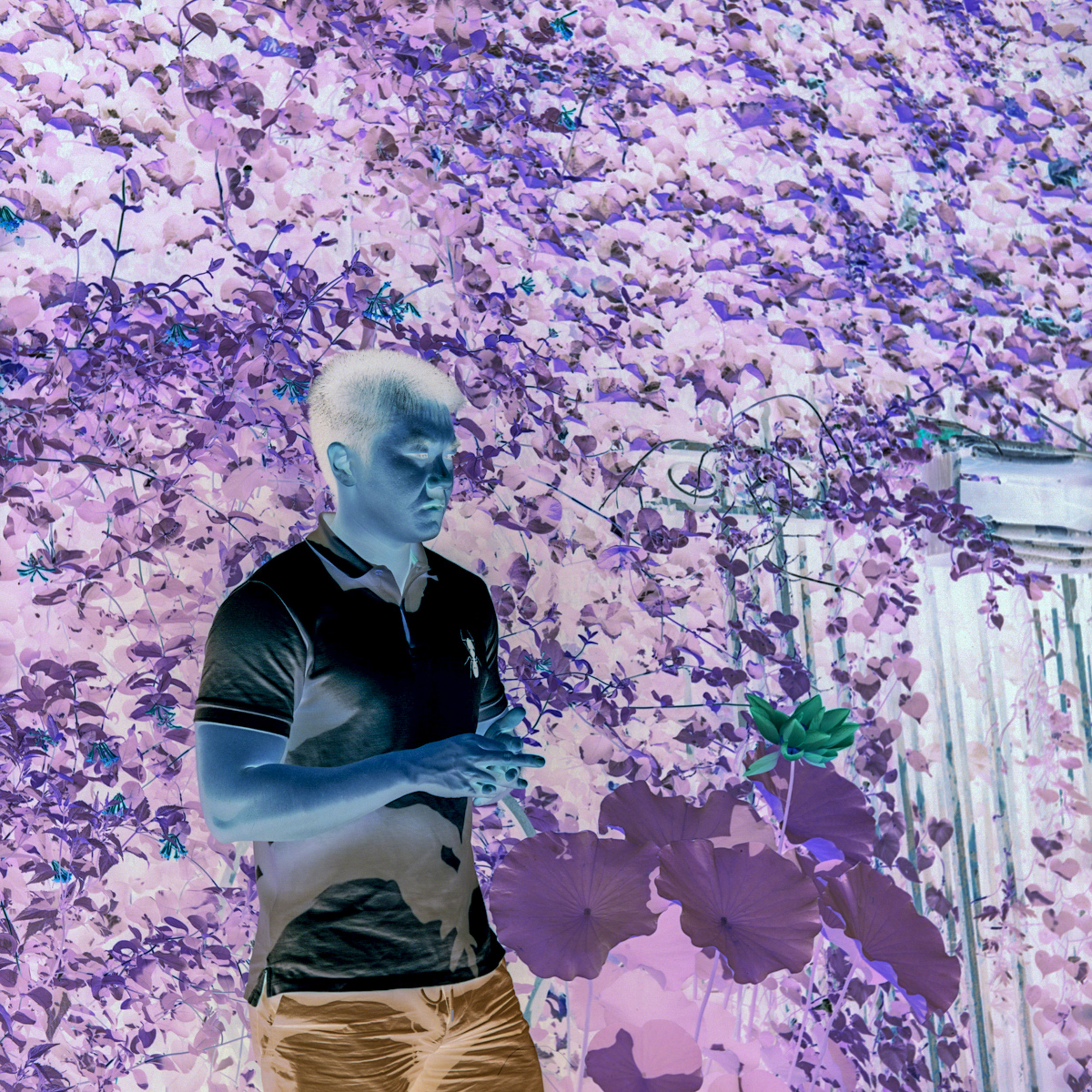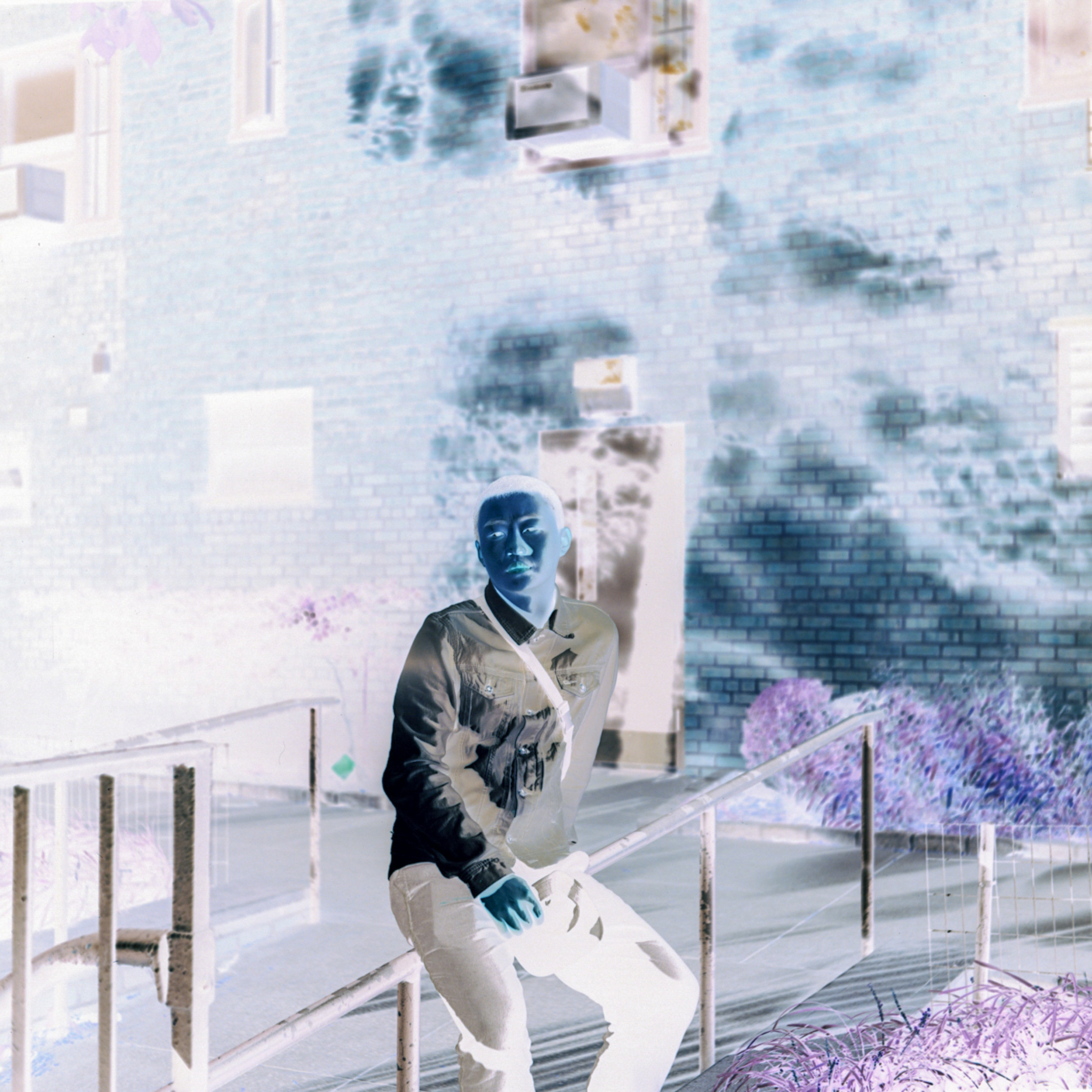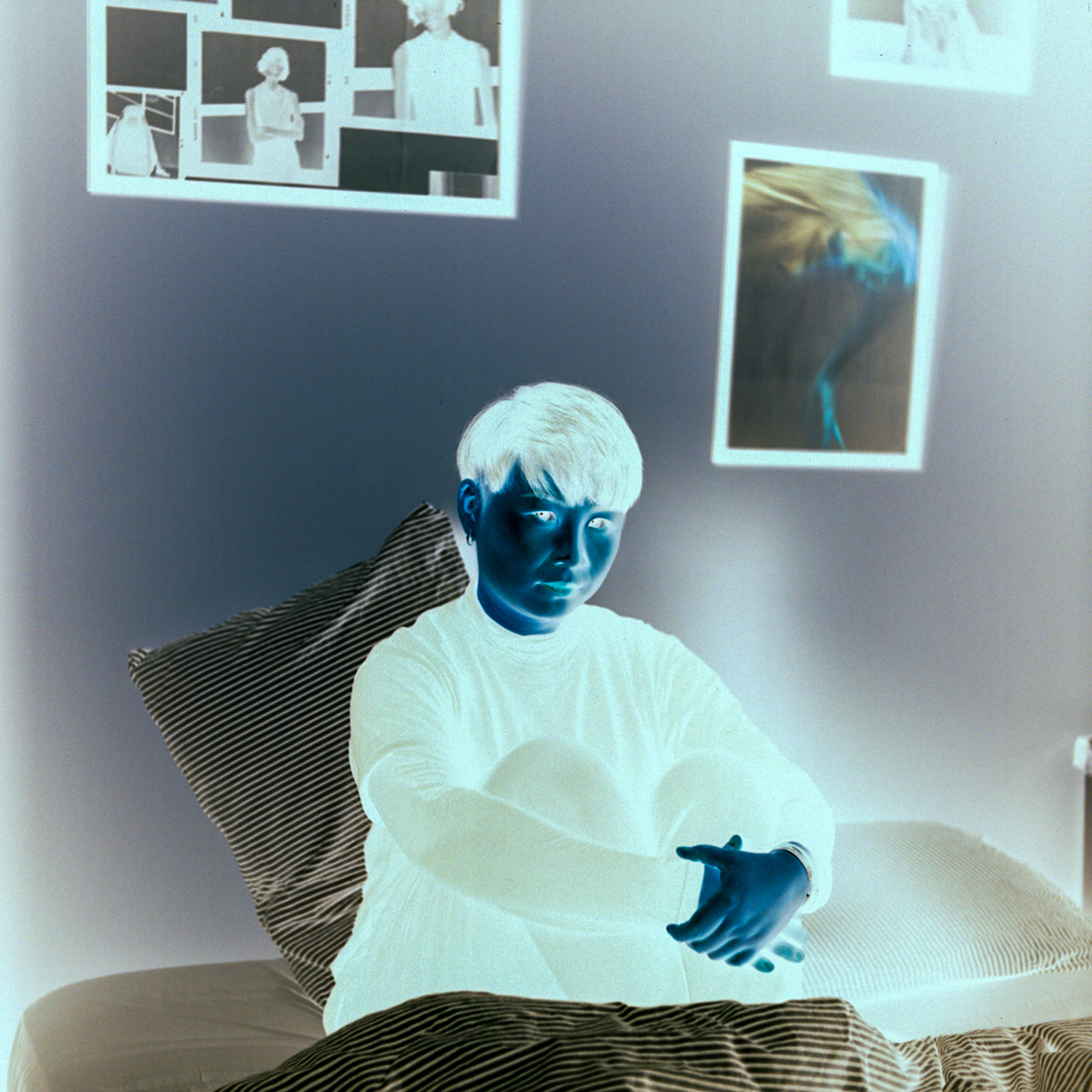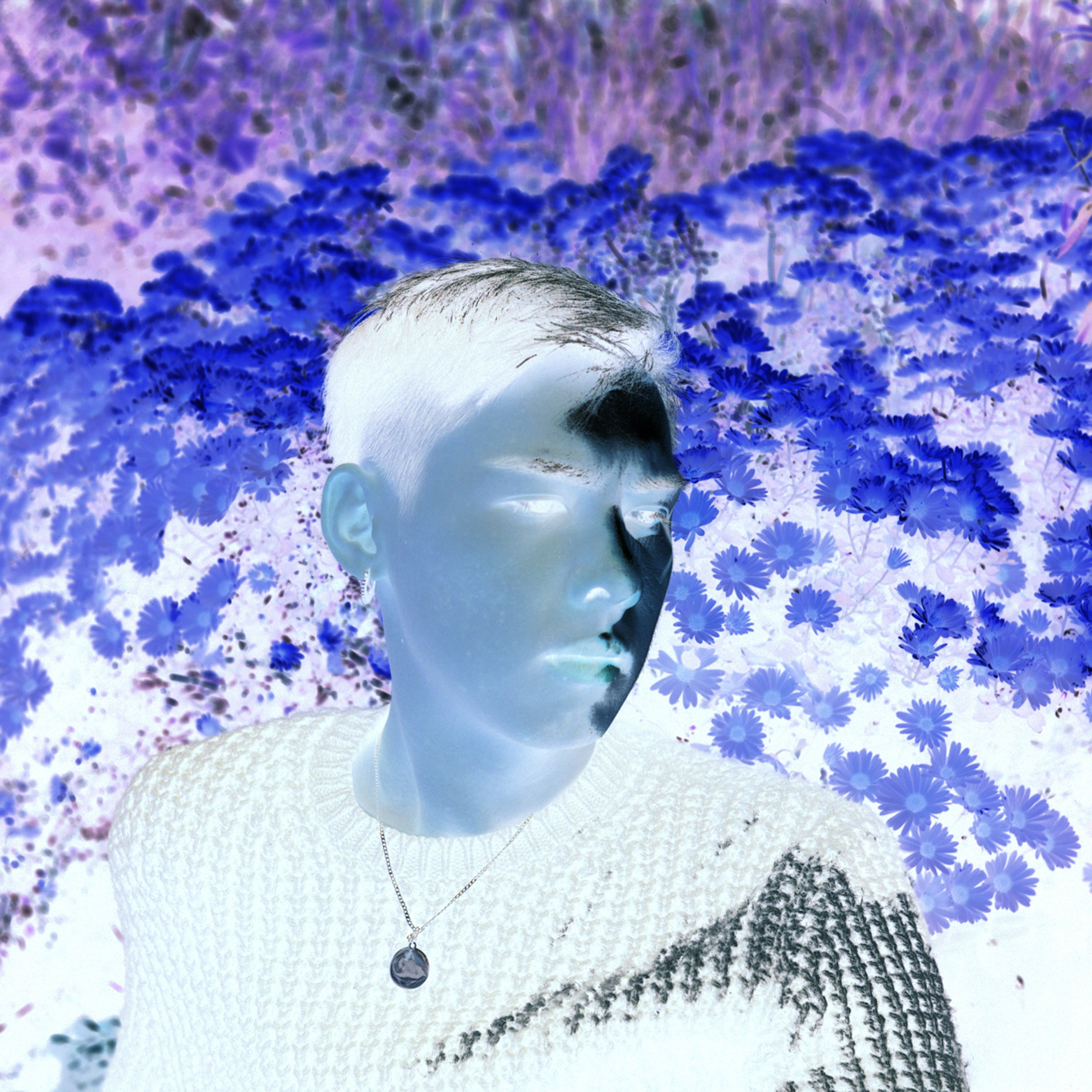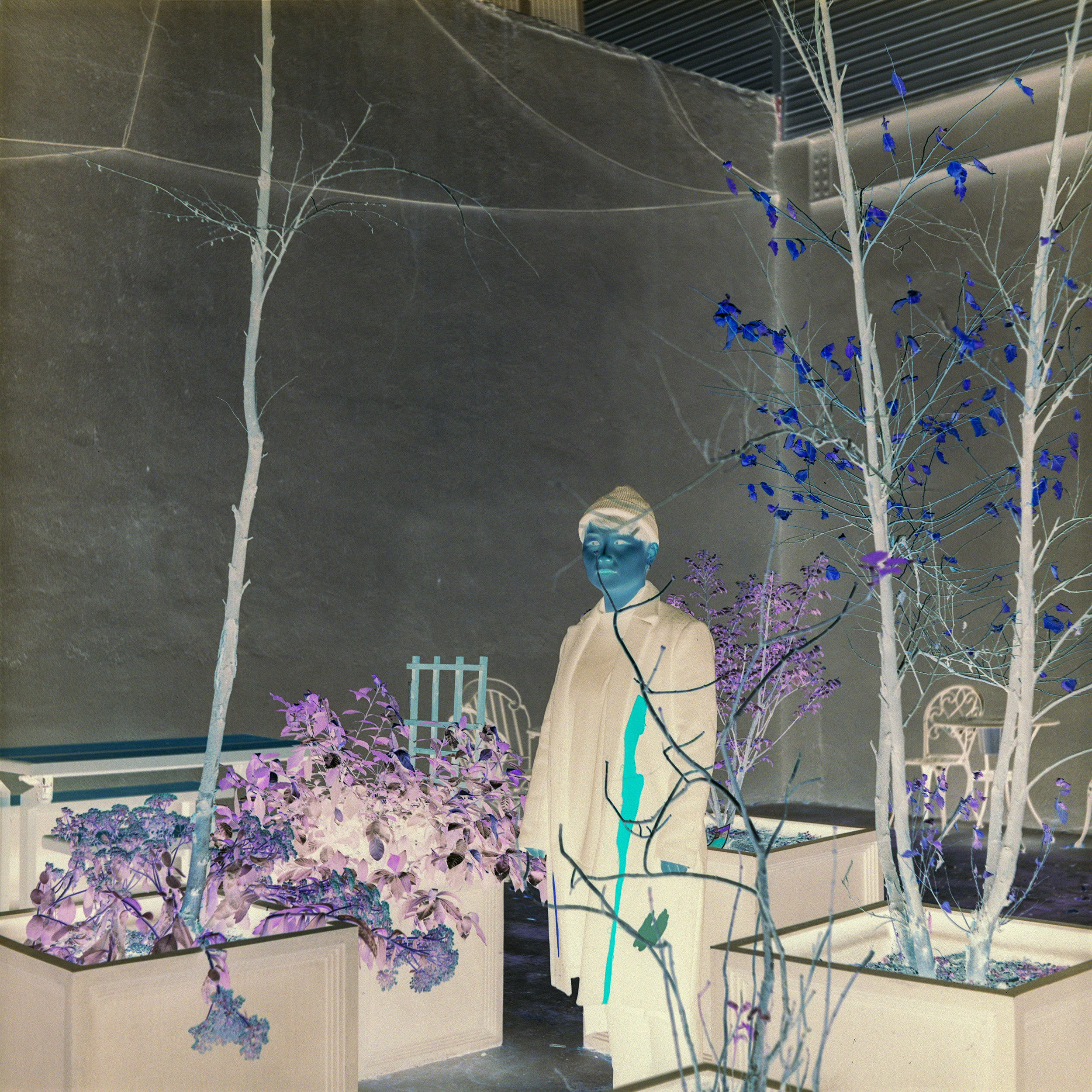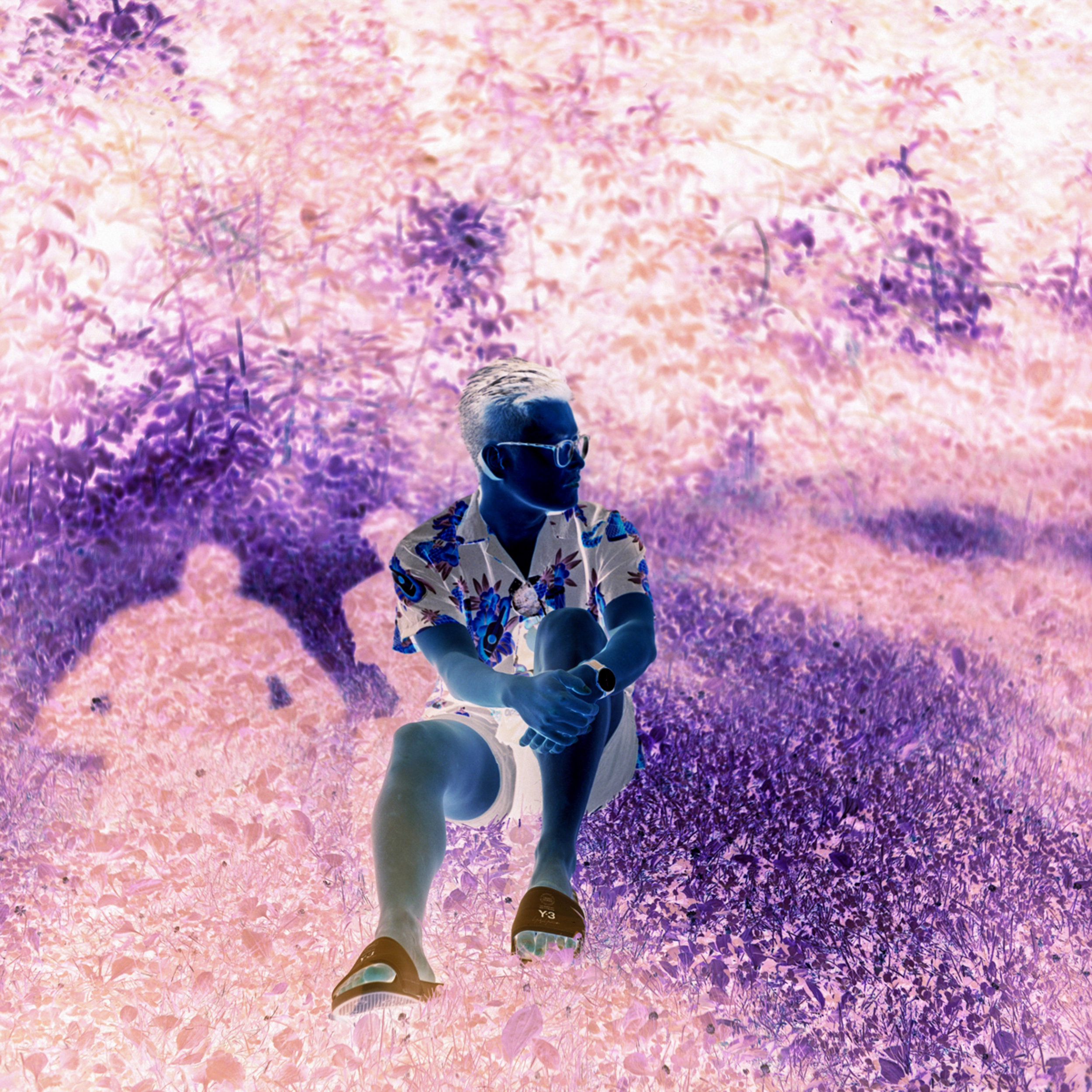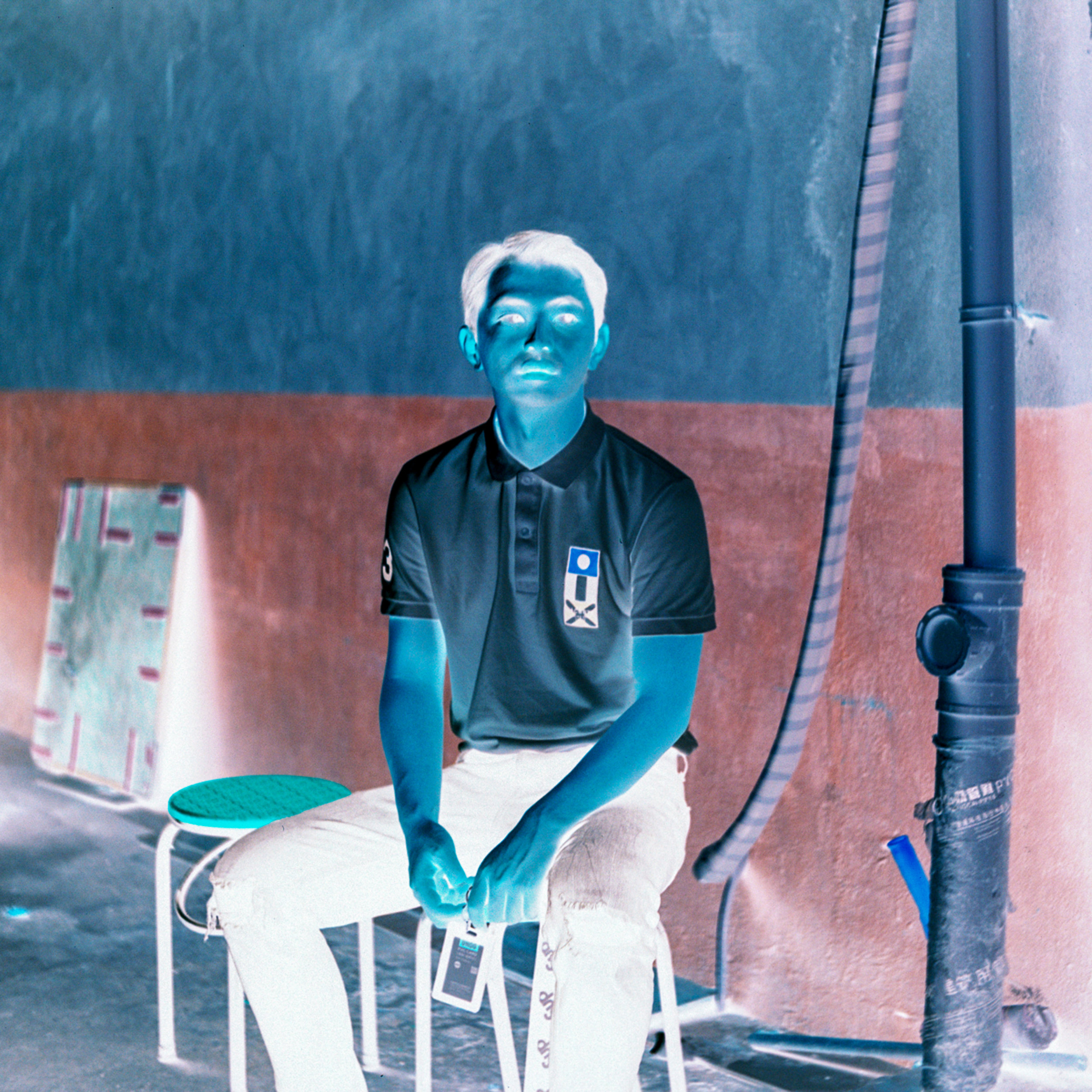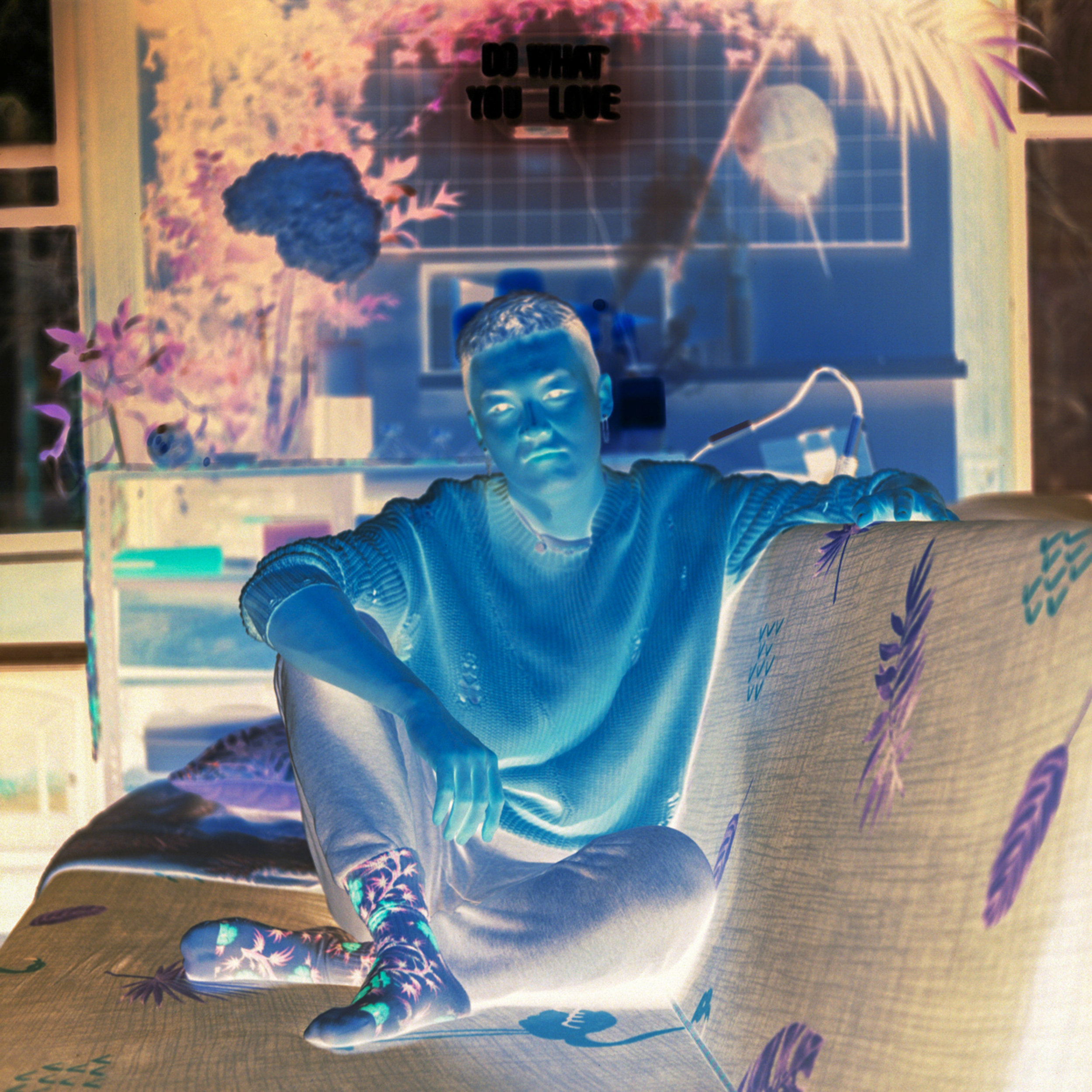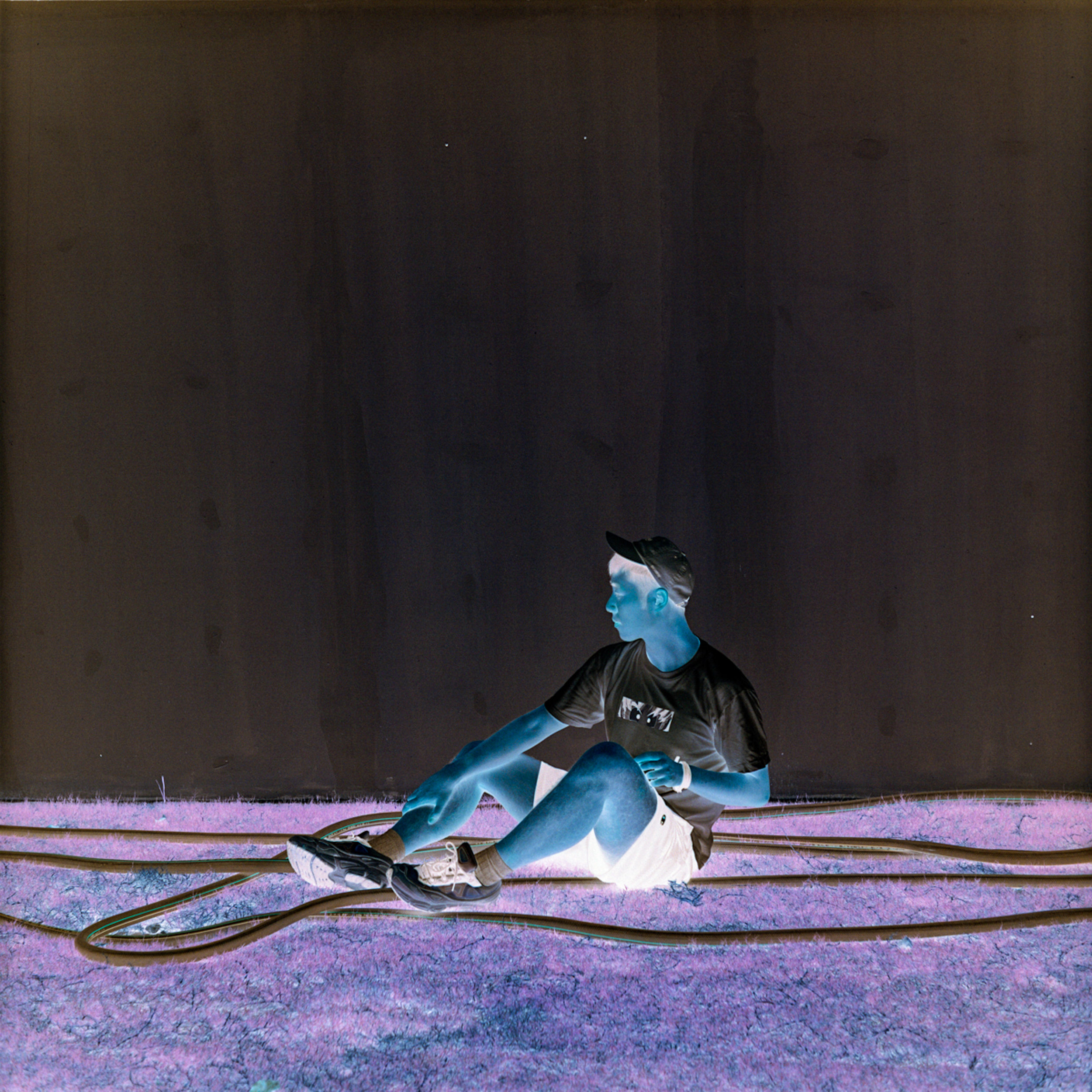As the acceptance for gay rights and representation continues to grow, especially in the Western world, there still exists a stigma among many societies. Such exists among members of the gay community in contemporary China. Palpable for gay Chinese individuals is the common struggle for visibility and truth in expressing oneself against filial expectations and cultural criticism. Influenced by a cultural experience that encourages introspection and discourages standing out, a majority of gay Chinese have yet to come out fully to families or communities.
Self Inverted is a series of portraits of gay Chinese individuals shown in negative form representing, and respecting, the participants’ wishes to not come out “completely” to the public. Through color inversion presentation, participants become less recognizable and “protected” from the cursory view of passersby. The negative images simultaneously provide participants a safe space to mediate between a positioning of visibility and concealment.
There is more than one way for viewers to see these images. Purposefully without instructions on how to view them differently, the successful act of decoding represents one of the strongest means for representation and acceptance of LGBTQ individuals—self-education.
Often, the representation of queerness in art and media is based on a Western conceived idea of what “queerness” is—one of overt displays of sexuality and unconformity with the mainstream. However, the concept of queerness to gay Chinese individuals, and people from many other cultures, is that of a more reserved nature. The fact is that these individuals are still queer, and their stories still matter, even when not adhering to the dominant, Western idea of queer identity. Self Inverted aims to highlight that aspect, as well.
By taking the time to understand how to engage with the portraits, viewers bridge the boundary of inversion and see the participants as they naturally are.
